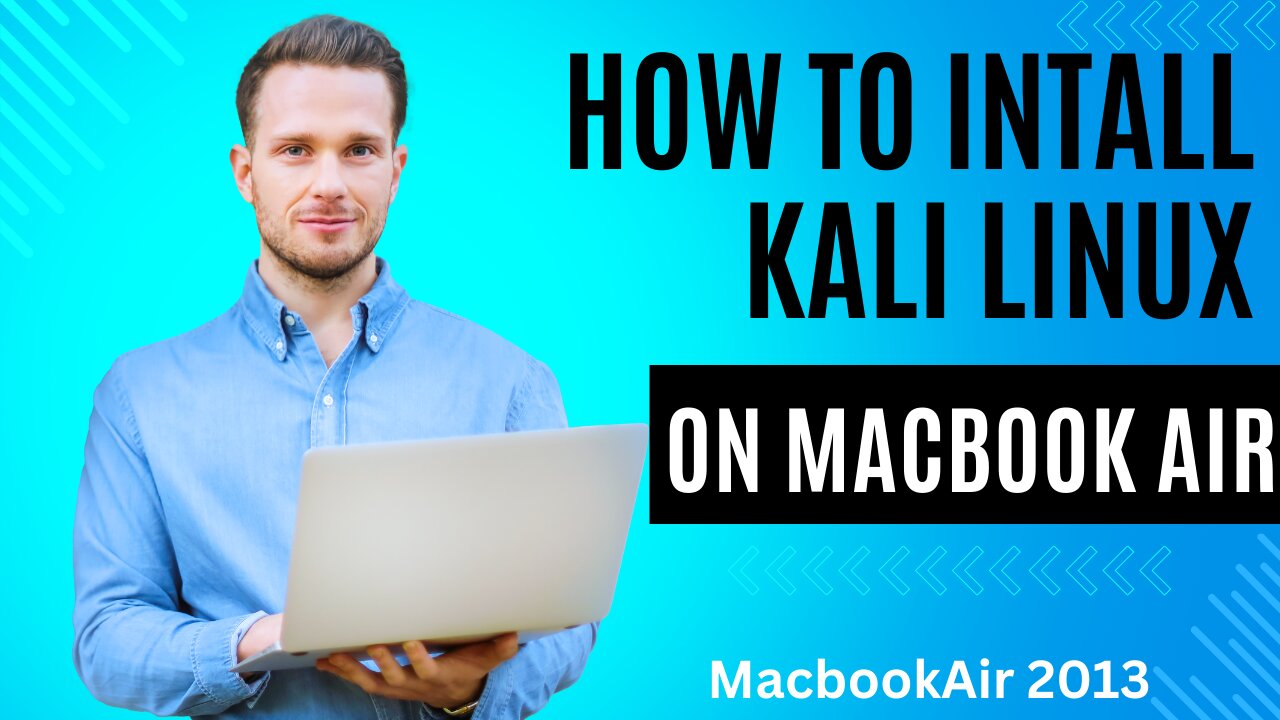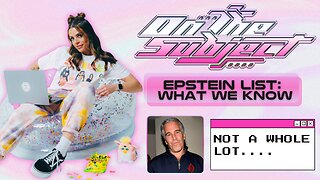Premium Only Content

How to install linux on MacbookAir
Installing Linux on a MacBook Air involves a series of steps to ensure compatibility and a smooth transition from macOS to the Linux operating system. Here's a general guide to help you through the process:
1. **Backup Your Data**: Before you start, ensure that all your important data is backed up either on an external drive or cloud storage. Installing a new operating system involves partitioning your disk, which can lead to data loss if not done properly.
2. **Check Compatibility**: Ensure that the Linux distribution you intend to install supports your MacBook Air model. Some distributions might have better compatibility with certain hardware configurations.
3. **Create a Bootable USB Drive**: Download the ISO image of your preferred Linux distribution (such as Ubuntu, Fedora, or Debian) and create a bootable USB drive using a tool like Etcher or Rufus.
4. **Disable SIP (System Integrity Protection)**: Boot your MacBook Air into Recovery Mode by restarting it and holding down Command + R until the Apple logo appears. Once in Recovery Mode, go to Utilities > Terminal and type `csrutil disable` to disable SIP.
5. **Shrink macOS Partition**: Open Disk Utility, select your macOS partition, and click on the "Partition" button. Shrink the partition to free up space for Linux. It's recommended to leave at least 20-30 GB for Linux, depending on your usage.
6. **Boot from USB**: Insert the bootable USB drive into your MacBook Air and restart it while holding down the Option key. This will bring up the boot menu where you can select the USB drive to boot from.
7. **Install Linux**: Follow the on-screen instructions to install Linux. When prompted, choose the option to install alongside macOS or manually partition the disk to create a separate partition for Linux. Make sure to select the correct partition and bootloader location.
8. **Configure GRUB**: GRUB (Grand Unified Bootloader) is the boot manager that allows you to choose between macOS and Linux at startup. Follow the prompts during installation to configure GRUB correctly.
9. **Complete Installation**: Once the installation is complete, restart your MacBook Air and boot into Linux. Follow the setup wizard to configure your preferences and create user accounts.
10. **Enable SIP**: After successfully booting into Linux, you can optionally re-enable SIP in macOS Recovery Mode by following the same steps as before but entering `csrutil enable` in the Terminal.
11. **Install Drivers and Updates**: Depending on your MacBook Air model, you may need to install additional drivers for features like Wi-Fi, Bluetooth, and graphics. Check the manufacturer's website or community forums for instructions on installing drivers.
12. **Enjoy Linux on Your MacBook Air**: With the installation complete, you can now enjoy using Linux on your MacBook Air. Explore the vast array of open-source software and customize your system to suit your needs.
Keep in mind that the steps may vary slightly depending on the specific Linux distribution you choose and any unique characteristics of your MacBook Air model. It's always a good idea to consult the documentation and community forums for your chosen distribution for additional guidance and troubleshooting tips.
#MacBookAir
#LinuxInstallation
#DualBoot
#OperatingSystem
#macOS
#BootableUSB
#GRUB
#SIP
#Compatibility
#Drivers
#WindowsToLinux
#LinuxInMacBook
-
 LIVE
LIVE
megimu32
1 hour agoON THE SUBJECT: The Epstein List & Disney Channel Original Movies Nostalgia!!
206 watching -
 9:06
9:06
Colion Noir
10 hours agoKid With Gun Shoots & Kills 2 Armed Robbers During Home Invasion
16.9K3 -
 54:28
54:28
LFA TV
1 day agoUnjust Man | TRUMPET DAILY 2.27.25 7PM
19.7K2 -
 20:10
20:10
CartierFamily
7 hours agoAndrew Schulz DESTROYS Charlamagne’s WOKE Meltdown on DOGE & Elon Musk!
36.8K45 -
 1:36:39
1:36:39
Redacted News
5 hours agoBOMBSHELL EPSTEIN SH*T SHOW JUST DROPPED ON WASHINGTON, WHAT IS THIS? | Redacted w Clayton Morris
145K245 -
 2:03:31
2:03:31
Revenge of the Cis
7 hours agoEpisode 1453: Fat & Fit
48.6K8 -
 2:38:12
2:38:12
The White House
7 hours agoPresident Trump Holds a Press Conference with Prime Minister Keir Starmer of the United Kingdom
160K60 -
 1:01:04
1:01:04
In The Litter Box w/ Jewels & Catturd
1 day agoDrain the Swamp! | In the Litter Box w/ Jewels & Catturd – Ep. 751 – 2/27/2025
91.7K35 -
 1:11:24
1:11:24
Dr. Drew
8 hours agoNEW: Cardiac Arrest In Healthy Young People After mRNA w/ Nicolas Hulscher – Ask Dr. Drew
72.7K32 -
 4:24:53
4:24:53
Right Side Broadcasting Network
12 hours agoLIVE REPLAY: President Trump and UK Prime Minister Starmer Meet and Hold a Press Conference 2/27/25
166K47